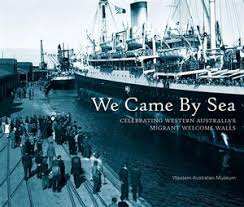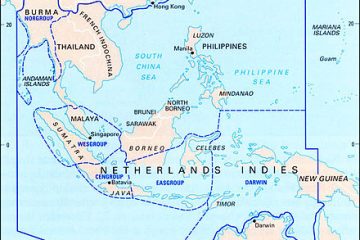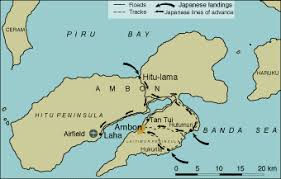By Peter Reynders

For some time, I have argued that the proper English translation of the first European geographic name given to part of Australia is “Cape Return,” not “Cape Turn Again” or any of the other variants that have appeared in various publications. I believe this name was first proposed by Willem Janszoon (Jansz.) during his 1606 voyage of exploration along the western coast of Cape York Peninsula.
Janszoon named the location “Kaap Keer Weer.” It is important to understand that this is correctly three words, not two as is often incorrectly written today (“Cape Keerweer”). More significantly, the meaning of “Keer Weer” has been misinterpreted. The phrase comes from the verb “weerkeren,” meaning “to return.” Only in the first-person form “Ik keer weer” does the phrase “keer weer” appear precisely in that way, and it is best translated as “I return.” Therefore, “Kaap Keer Weer” should be understood as “Cape Return.”
This interpretation is reinforced by historical evidence. On Janszoon’s return voyage, he met the English captain John Saris, who left a surviving letter describing their meeting. In that letter, Saris recorded that Janszoon had used the word “return” to describe his decision regarding that point on the voyage. This contemporaneous English record provides strong support that “return,” not “turn again,” was the intended meaning of Janszoon’s naming.
Understanding this small but significant correction matters. It brings greater accuracy to the story of Australia’s earliest recorded European exploration. Moreover, it better reflects the mindset of Janszoon at that critical moment: not simply turning, but decisively returning.
I hope that by bringing attention to this correction, we can enrich our understanding of Dutch contributions to Australia’s early history and ensure that the original intentions behind these historic names are properly respected.

Aboriginal traditions and the clashes at Kaap Keer Weer
(DACC editorial note)
Historical accounts suggest that Janszoon’s landing near Kaap Keer Weer resulted in hostile encounters with the local Aboriginal people. Later Aboriginal oral traditions, particularly those recounted by elder Jack Spear Karntin, describe a violent encounter in which nine Dutch sailors and a large number of Aboriginal people were killed. However, not all Aboriginal stories are identical, and some suggest smaller numbers of casualties.
Combining these oral traditions with evidence from scattered Dutch archival sources, historians believe that at least one sailor was killed near the Batavia River (likely today’s Wenlock River) and likely at least three sailors were killed near Cape Keerweer. These tragic events likely influenced Janszoon’s decision to halt further exploration and return, a decision reflected in the name “Kaap Keer Weer.”
This encounter may have been the first recorded violent confrontation between Europeans and Aboriginal Australians. It serves as a reminder that early exploration often brought with it conflict, misunderstanding, and profound consequences for Indigenous communities.
See also: First contact between the Dutch and the Aboriginal People


